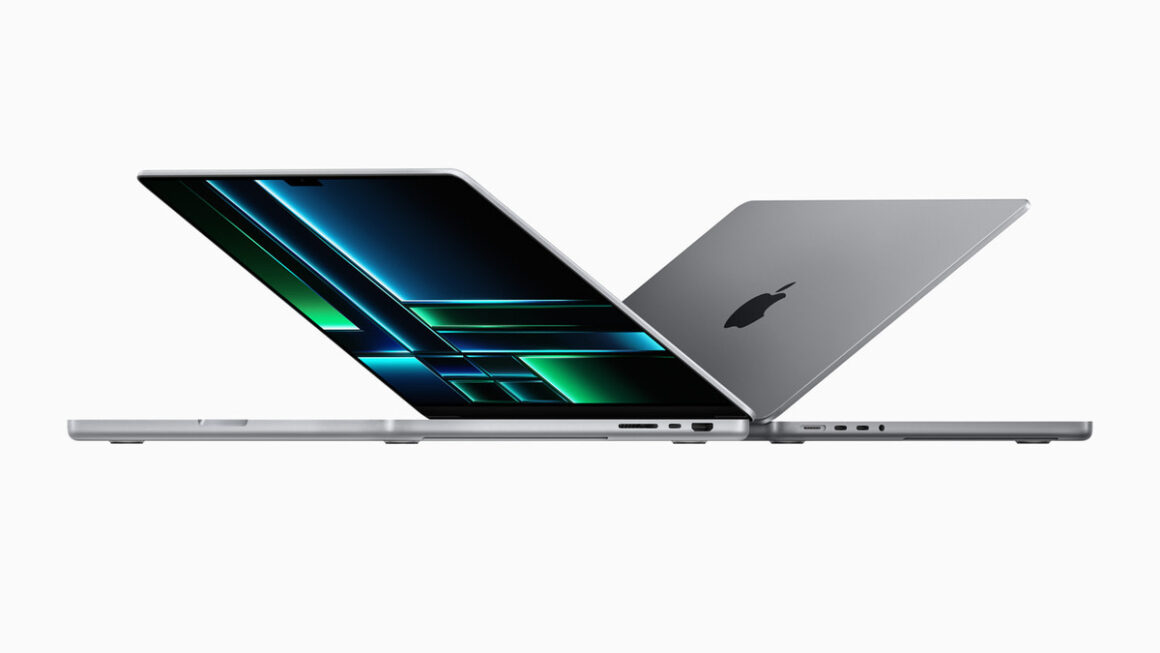Apple is preparing to upgrade the MacBook Air’s display in its next iteration, moving towards the same oxide TFT LCD technology used in the MacBook Pro.
While this may not be the OLED upgrade some were hoping for, it represents a significant step forward for the Air’s visual performance.
Why Not OLED for the MacBook Air?
The initial rumors had hinted at an OLED display for the MacBook Air, with a potential release as early as 2027. However, Apple has opted for oxide TFT LCDs for the upcoming model, a decision driven by the high costs of OLED production.
OLED displays, while offering superior contrast and color vibrancy, are still relatively expensive for laptops. The recent performance of the iPad Pro, which features an OLED screen, has shown that the added cost can be a barrier for consumers.
According to reports, Apple is likely holding off on OLED for the MacBook Air until production costs decrease, with a potential OLED version expected around 2029.
The Benefits of Oxide TFT LCDs
While it may not have the deep blacks of OLED, oxide TFT LCD technology offers several advantages over the traditional amorphous silicon TFTs found in current MacBook Airs.
This technology provides faster electron mobility, which translates into smoother visuals and better overall performance. Users can expect enhanced display quality, with more vibrant colors and improved responsiveness compared to previous models.
This technology has already been implemented in the MacBook Pro lineup, and its inclusion in the MacBook Air signals a shift towards better display quality across Apple’s laptop range.
What Does This Mean for MacBook Air Users?
For current and future MacBook Air users, the transition to oxide TFT LCD technology means a noticeable improvement in display quality without the steep price tag of OLED.
While the MacBook Air won’t feature OLED just yet, this upgrade still ensures a more immersive and visually pleasing experience compared to earlier models.
Looking Ahead: OLED MacBook Air in 2029?
Although OLED is not in the cards for the MacBook Air in the immediate future, Apple is reportedly planning to incorporate OLED displays into the Air models around 2029. This would give Apple time to bring down the production costs of OLED and perfect the technology for its laptops.
For now, Apple’s decision to implement oxide TFT LCDs strikes a balance between cost and performance, offering MacBook Air users a solid upgrade without the premium price of OLED.
This move reinforces Apple’s focus on providing quality displays at various price points, ensuring that the MacBook Air remains an accessible yet high-performing option for users.

